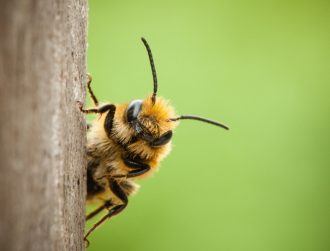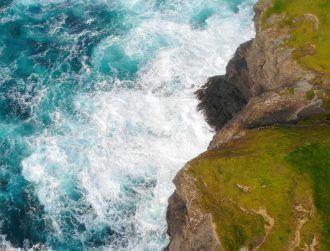
Image: © Andrew Deer/Stock.adobe.com
Researchers from Dublin Zoo and Trinity College Dublin propose a standardised cryo-freezing process to improve conservation opportunities for endangered animal species.
“Current extinction rates suggest that we have now entered the sixth mass extinction event of our planet’s history.” This stark statement opens a new research paper published in Zoo Biology. The paper proposes a standardised approach for using cryobanks to collect and store genetic samples to help save species from extinction.
Cryobanks preserve genetic materials such as DNA, embryos, semen and live tissue at ultra-low temperatures. The cells can be cultured and used for various applications, including genetic analysis and assisted reproduction, ensuring genetic diversity within animal populations and potentially reintroducing species to their natural habitats.
The San Diego Zoo Wildlife Alliance (SDZWA) runs the Frozen Zoo, the world’s largest and most diverse collection of living genetic samples. Researchers analysed this cryobank to develop a framework for the prioritisation of species for future sampling.
According to their analysis, samples from 965 species listed as threatened by the International Union for Conservation of Nature (IUCN) are stored at the Frozen Zoo. Researchers think that samples from other zoos could include an additional 707 threatened species. The Frozen Zoo also had samples from 50pc of the species currently listed as extinct in the wild.
The IUCN estimates that 28pc of all species are threatened with extinction. However, a recent study led by researchers at Queen’s University Belfast proposed a new method for estimating species under threat and found that 48pc of all species are declining towards extinction due to climate change and human actions.
“As wildlife populations continue to decline around the globe, there has never been a more critical time to collect and preserve genetic samples from threatened species,” explained the lead author of the study, Dr Andrew Mooney, who is a conservation and research officer at Dublin Zoo. “Cryobanked samples provide unparalleled conservation opportunities; however, we must make a concerted effort to work together and collect samples now, before it is too late.”
Study co-author Yvonne Buckley, who is a professor of zoology at Trinity College Dublin, emphasised that “our first priority is to prevent species from declining in the wild”. However, given the “biodiversity crisis with over a million species likely to be threatened with extinction in the coming decades … cryobanking provides a means to safeguard crucial genetic diversity”.
An example of cryobanking preservation efforts is the story of the now functionally extinct northern white rhino. With only two surviving females, scientists are working to save the species through assisted reproductive techniques using samples from the Frozen Zoo.
Director of conservation genetics at the SDZWA, Oliver A Ryder, said that the Frozen Zoo has “demonstrated possibilities for cellular-based genetic rescue” but he stressed the urgent need for “expanded efforts in nations across the globe to establish a distributed network of biobanks to make cell-based genetic resources available in an equitable manner and provide future generations with conservation options”.
10 things you need to know direct to your inbox every weekday. Sign up for the Daily Brief, Silicon Republic’s digest of essential sci-tech news.






